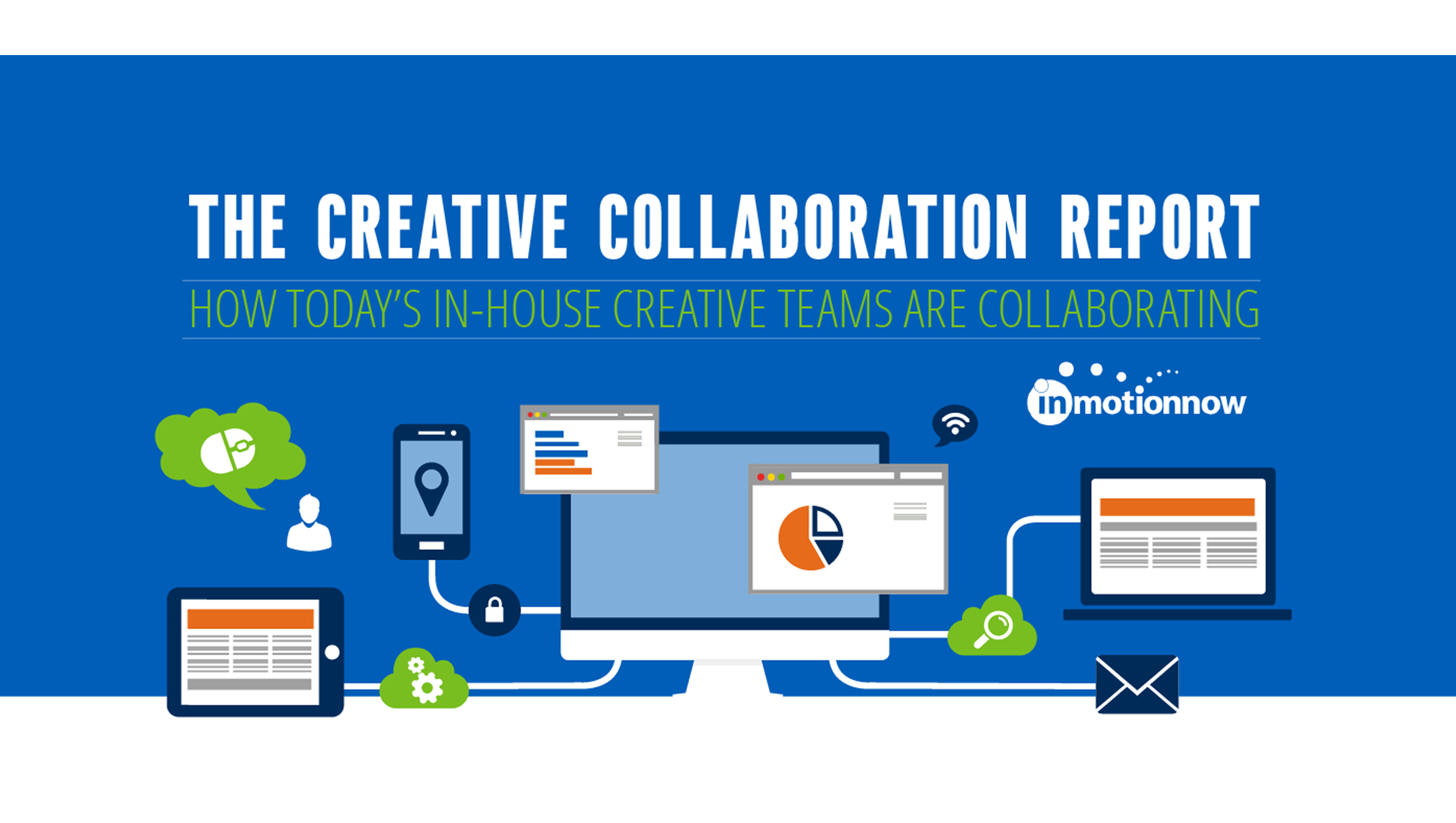If you’re a publisher of online videos, you probably know which story on your site had the most total-views. That’s easy enough. Almost everyone has analytics that show which story or video was seen by the most visitors that day or week or year.
But the path to success, to truly optimize the value of your site’s content, involves many more steps. To create a sustainable online video publishing site, you’ll need to begin walking down that path.
To start, do you know which videos were watched the most on mobile? Which ones had the most viewership internationally, or were most popular in the specific part of your domestic market?
Do you know which other videos will appeal to that 24-year-old female news and fashion junkie from Seattle who visited your site late Friday afternoon? After she’s read the initial story that brought her to you, can you show other library content most likely to keep her there, and then coming back for more later?
The next step on your path involves your cost centers. How much did a given video that you might show her cost to make or acquire? Is it syndicated, so you pay a pricey video revenue share, or was it made in-house so you keep all the resulting revenue?
Read Also: TMB Study Reveals How Social Media is Driving Returns on Digital Videos
Can you determine each video’s true ROI, which can change depending on when and where that video pops up on your site? Can you adjust what video you serve to that young Seattle woman based on its ROI?
And, now let’s take a further step: What’s your cost of new-user acquisition? Which videos have a higher yield in customer acquisition? Which content should you show to that young Seattle woman? Can you create a virtuous circle of high-performance, controlled-cost content that turns visitors like her into regulars?
These aren’t obscure or idle questions. Publishers have been asking questions like this about the advertising on their sites for years. What they largely haven’t done, however, is ask those same questions about everything else on their site.
That’s crazy. When people visit your site, they’re not coming for the ads, though the ads are very much part of your site’s user experience. But, visitors experience everything you put before them: the original story, the ads, branded or sponsored material and of course, all the recommended additional stories and videos you may dangle to keep them sticking around.
Read Also: Pinterest to Go with Auto-Play Video Ads to Drive Revenue
It’s all part of your user experience. Ideally, it’s tuned for optimal appeal to each visitor who comes to your site.
But too often, publishers haven’t begun that journey. Unless you’ve gone down the path I’ve suggested here, you haven’t achieved a holistic understanding of (and fine-grained control over) all the material your users actually experience. That holistic understanding or “stream yield” is an approach that encompasses the broadest sense of what works for your audience and your bottom line, maximizing the potential payoff for both. Thinking about stream yield represents an essential shift in mindset in this complicated era of bottomless content and fractured audiences.
When you think about stream yield, you’re bringing together the issues, needs and sometimes conflicting goals of your team running editorial and the team responsible for revenue. If you’re running a digital media company, focusing on-stream yield, bridging those two teams, should be your first priority.
By measuring and managing your entire stream’s yield, you can optimize all cost and video revenue drivers to realize the cumulative value of your content. You’re finally truly maximizing ROI. Stream yield means thinking about cost centers, such as OVP streaming, user acquisition, CDN expenses and content creation and acquisition. Those costs are balanced against revenue drivers such as pre-roll ads, sponsorships, and branded content. But, it also means you’re thinking about highly granular audience-engagement metrics such as video views, “recommended” views, lift, bounce rates, views per experience, time on site and average session viewing time. And, it means slicing and dicing your content by filters such as geography, device, genre or category, and time of day so you can glean the highly granular insights you need.
But, it also means you’re thinking about highly granular audience-engagement metrics such as video views, “recommended” views, lift, bounce rates, views per experience, time on site and average session viewing time. And, it means slicing and dicing your content by filters such as geography, device, genre or category, and time of day so you can glean the highly granular insights you need.
Read Also: Verve Adds Mobile Video to Its Location-Based Mobile Ad Suite
Maybe that Seattle visitor wants stories specific to her region, or wants another news story instead of one about sports. Maybe as a mobile user she doesn’t have the time or inclination to dive into a deep read.
And there’s another important step on this path.
Once you begin asking these questions routinely, you can begin improving the stories you create in the future because you know what content is truly most valuable for your site, and for your visitors. You can optimize new stories based on what you absolutely know works for each actual visitor.
The path to stream yield isn’t a simple one. It requires you to ask far more sophisticated and granular questions about the content you create and the user experience you provide. But, once you begin down this path, using those answers to shape and optimize your stream yield, you can win the future of online-video publishing.
Read Also: Tapjoy Partners With Moat to Measure Video Ad Performance Across In-App Inventory











